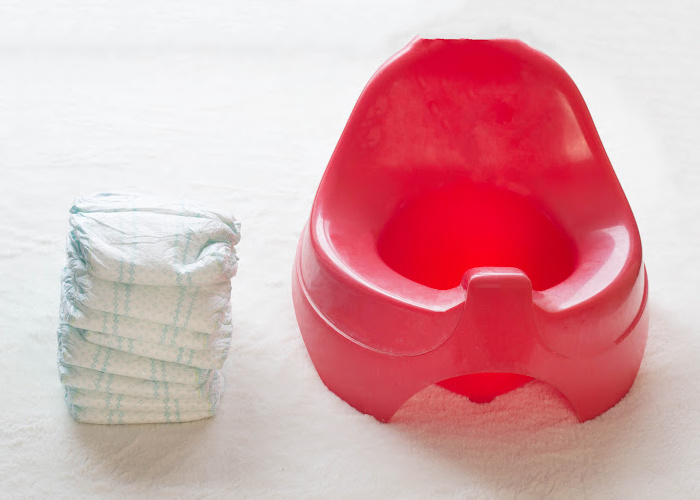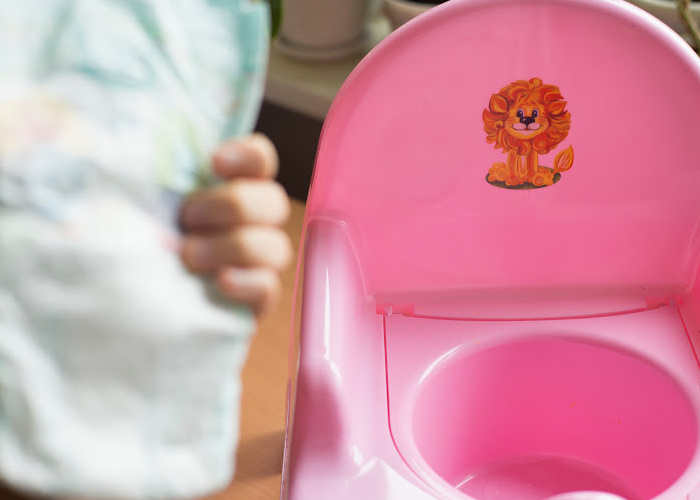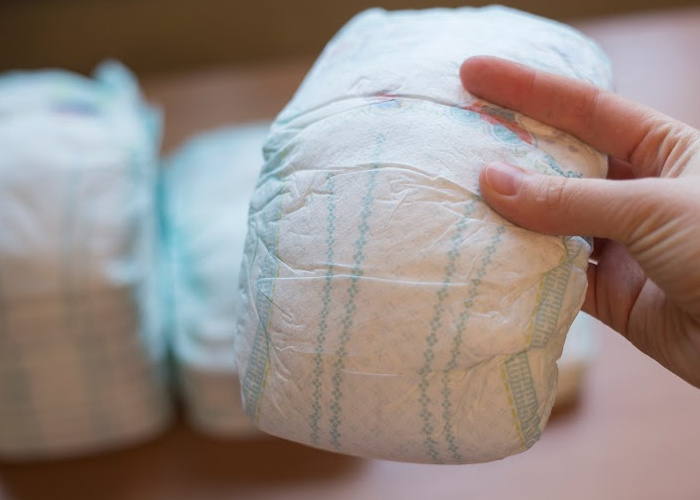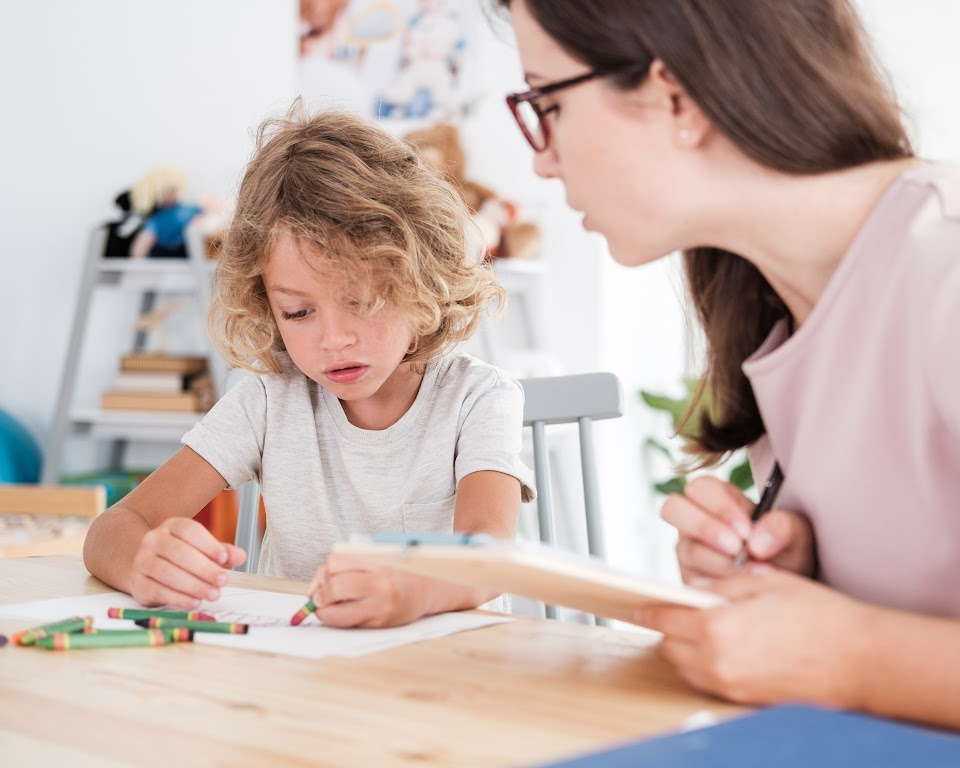It's crucial to know that students with autism and ADHD need special study strategies. Autism…

How to Potty Train an Autistic Child Successfully
If you are a parent or caregiver of a child with autism, you may be wondering how to successfully potty train them. You may have tried different methods and experienced frustration, but it’s important to remember that every child is unique and requires an individualised approach.
In this article, we will explore some initial tips for success in potty training your autistic child.
Understanding the Challenges of Potty Training an Autistic Child
If you’re reading this, you’re likely a parent or caregiver of an autistic child who is ready to start potty training. Congratulations! While it is a significant milestone, it’s important to understand that potty training an autistic child may come with unique challenges.
Effective potty training techniques for autistic children may differ from those used for neurotypical children. It’s essential to approach the process with patience, empathy, and an understanding of your child’s needs.
Step-by-Step Potty Training Guide for Children with Autism.
Step 1: Introduce the Concept
Before starting the training process, it’s important to introduce the concept of using the toilet to your child. You can do this by using social stories, visual aids, or videos that explain what potty training is and what they can expect.
Step 2: Choose the Right Equipment
Choosing the right equipment is crucial when potty training an autistic child. Some may prefer training pants or pull-ups, while others may feel more comfortable with regular underwear. It’s also important to consider sensory issues and make sure the child is comfortable with the material and fit.
Step 3: Create a Schedule
Creating a consistent schedule is crucial for successful potty training. Start by setting specific times for bathroom breaks, such as after meals or before bedtime. Gradually increase the time between breaks as your child becomes more comfortable.
Step 4: Use Positive Reinforcement
Positive reinforcement is a valuable tool when potty training an autistic child. Celebrate even the smallest successes, such as sitting on the toilet or trying to use the bathroom. Use verbal praise, stickers, or small rewards to reinforce good behaviour.
Step 5: Address Challenges Promptly
Challenges may arise during the potty training process, such as anxiety, sensory issues, or communication difficulties. It’s important to address these issues promptly by adjusting the training plan, modifying the environment, or seeking professional support.
Remember that every child is unique and may require an individualized approach to potty training. By using effective potty training techniques for autistic children, you can help your child achieve this important milestone with patience, understanding, and consistency.

Visual Aids and Sensory-Friendly Strategies for Potty Training
Potty training an autistic child can be challenging. However, with the right strategies and support, it is possible to achieve success. Understanding the challenges your child may face during this process is crucial. Visual aids and sensory-friendly strategies can make a significant difference in helping your child feel comfortable and confident when it comes to using the toilet.
Understanding the Challenges of Potty Training Autistic Child:
Children with autism often struggle with sensory processing issues, making the potty training process even more daunting. They may find it difficult to communicate their needs, understand when to use the toilet, or even express discomfort or pain. It can be stressful for both the child and the parent.
Patience, understanding and consistent positive reinforcement are vital when potty training your autistic child. Recognize that your child may require a unique potty training approach that is individualized specifically to meet their needs.
Visual Aids for Potty Training Autistic Child:
Visual aids are an essential tool for successful potty training. Using pictures, diagrams or even videos can help your child understand and follow the steps involved in using the toilet. Use of visual aids can also be used in conjunction with verbal instruction.
For example, you can create a visual schedule outlining the steps involved in toileting, including going to the bathroom, washing hands, and flushing the toilet. Pictures can be added to the schedule to help your child understand the process.
Sensory-Friendly Potty Training Strategies:
Creating a sensory-friendly environment is key to successful potty training. Pay attention to your child’s sensory preferences and adjust the environment accordingly. Some suggestions include:
- Use of comfortable clothing during toileting
- Use of preferred toileting equipment e.g. toilet insert, potty chair
- Sensory “breaks” during the toileting process to help your child regulate
- Adjust the use of lighting: some children benefit from bright light while others may prefer soft light
It is important to remember that sensory needs differ from child to child, so it is essential to identify the specific sensory needs of your child and adjust the environment accordingly.
Overall, potty training an autistic child requires patience, understanding and consistency. With the use of visual aids and sensory-friendly strategies, you can help your child achieve success and build their independence in this important life skill.

Successful Potty Training for Children on the Autism Spectrum
If you’re the parent or caregiver of a child on the autism spectrum, you know that potty training can be a challenging task. However, with patience, consistency, and individualized approaches, you can achieve successful potty training for your child. Many parents and professionals have shared their strategies and success stories that you can draw inspiration from.
One effective approach is to use social stories or visual aids. These can help your child understand the steps involved in using the toilet and what is expected of them. You can create a picture schedule or use apps and videos to illustrate these steps in a way that is accessible and sensory-friendly. Some children may also benefit from using special toilet seats or steps and sensory-friendly materials, such as soft towels or wipes.
| Tip: | Use social stories or visual aids to help your child understand the steps involved in using the toilet. |
|---|
It’s important to remember that children on the autism spectrum may have difficulty with communication and understanding their own bodily sensations. Therefore, it’s crucial to be patient and consistent in your approach. Consider using a reinforcement system, such as stickers or small rewards, to celebrate small victories and encourage your child to continue with their progress.
“I found that it helped to use a reward system and celebrate even small victories. We used stickers and small treats to motivate our son, and it made all the difference in the world.”
Another effective strategy is to model bathroom behaviour yourself. Children with autism often learn through imitation, so by demonstrating the desired behaviour, you can help your child understand what is expected of them. Use visual and verbal cues to indicate when it is time to use the toilet, and provide positive reinforcement and praise when your child follows through.
Remember that every child on the autism spectrum is unique, and what may work for one child may not work for another. It’s important to be flexible and adaptable in your approach and to seek the support of professionals, such as occupational therapists or behaviour analysts, if you need additional guidance.
Toilet Training Strategies for Children with Autism
When it comes to potty training a child with autism, a one-size-fits-all approach simply doesn’t work. Here are some effective toilet training strategies that can help you achieve success:
Visual aids: Many autistic children respond well to visual aids such as picture schedules or social stories. Use pictures to help your child understand each step of the process and create a visual reminder of what’s expected.
Sensory-friendly environment: Consider your child’s sensory needs when selecting a potty seat or underwear. Soft fabrics and smooth textures are often preferred. Some children also benefit from the use of noise-cancelling headphones or dim lighting.
Positive reinforcement: Reward your child for successful attempts, even if they’re not yet fully trained. Celebrate their progress and encourage them to keep trying.
It’s important to stay patient and provide your child with plenty of time to learn. Here are some additional tips to keep in mind:
Start early: The earlier you begin potty training, the better. Introduce the process gradually and avoid putting too much pressure on your child.
Be consistent: Develop a predictable routine and stick to it as much as possible. This will help your child learn what to expect and reduce anxiety.
With the right strategies and plenty of patience, potty training a child with autism is achievable. Celebrate each milestone and remember that every child learns at their own pace. Keep supporting and encouraging your child, and success will follow.
Conclusion
Remember to celebrate small victories along the way, and keep in mind that every child is unique and may require an individualized approach to potty training. Use the techniques and tips provided in this guide, but also trust your instincts as a parent or caregiver. With patience, consistency, and understanding, your child can successfully learn to use the toilet and gain independence.
FAQs
How do I start potty training my autistic child?
To start potty training an autistic child, it’s important to introduce them to the concept gradually. Begin by familiarizing them with the bathroom environment and toilet. You can use visual aids, social stories, and sensory-friendly strategies to help them understand the process.
What are some effective techniques for potty training an autistic child?
Effective techniques for potty training an autistic child include creating a visual schedule, using rewards and positive reinforcement, and incorporating their special interests into the process. It’s crucial to be patient, consistent, and understanding of their unique needs.
How can I make potty training sensory-friendly for my autistic child?
Making potty training sensory-friendly involves creating a comfortable and predictable environment. You can use sensory-friendly materials, such as soft toilet seats or visual timers, and provide sensory breaks if needed. Additionally, using social stories and visual schedules can help them understand the routine.
How long does it usually take to potty train an autistic child?
The duration of potty training for an autistic child can vary. It may take longer compared to neurotypical children due to their unique challenges. It’s important to remember that progress may be gradual, and each child’s journey is different. Celebrate small achievements along the way.
What if my autistic child is resistant to using the toilet?
If your autistic child is resistant to using the toilet, it’s essential to remain patient and understanding. Identify any underlying issues that may be causing the resistance, such as sensory sensitivities or fear. Adjust your approach, provide reassurance, and seek guidance from professionals if needed.



This Post Has 0 Comments